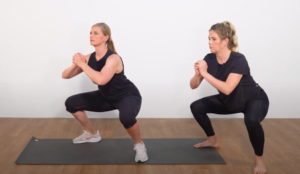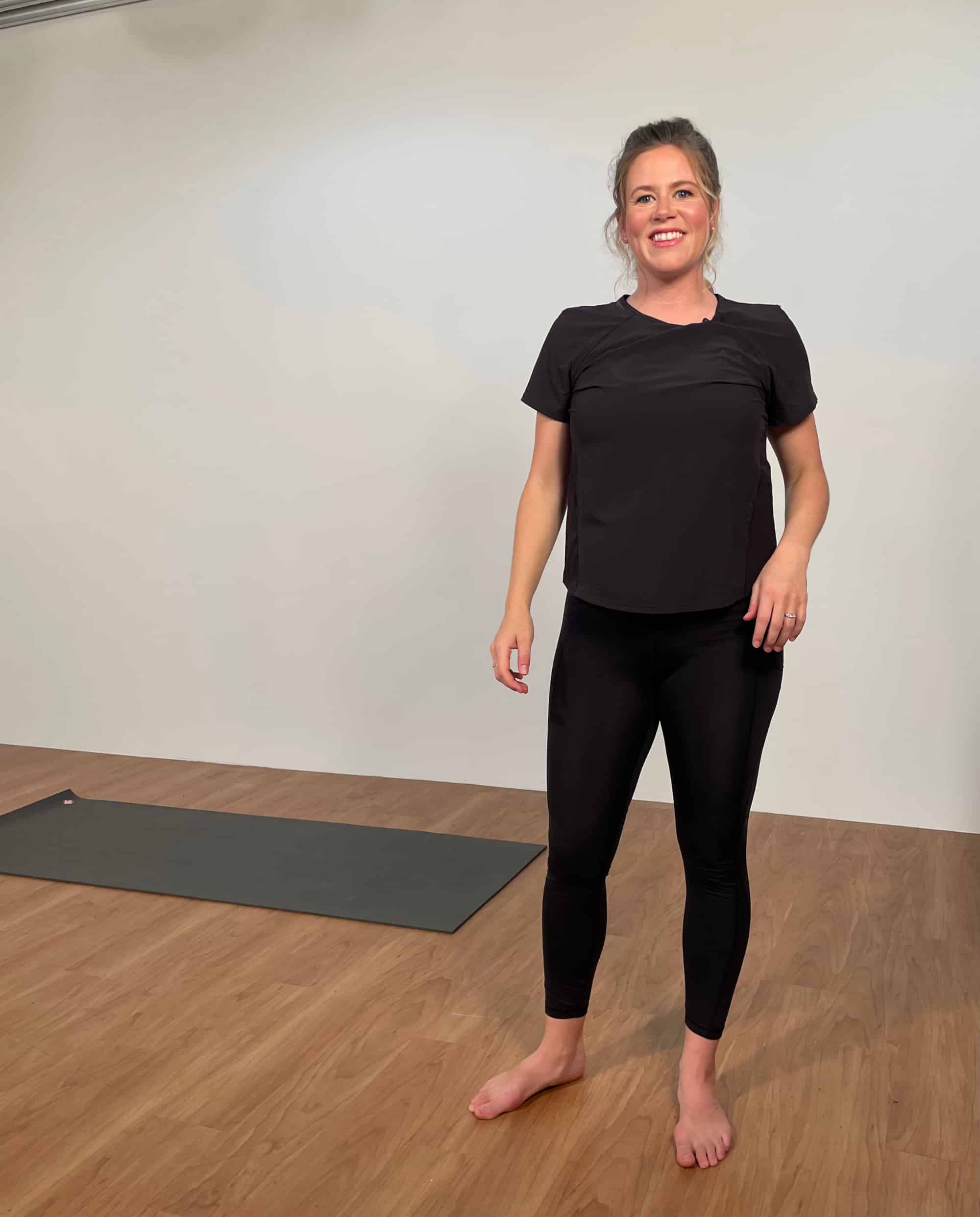What’s the problem?
As a pelvic floor therapist, I get to work with many people who are actively looking to improve their pelvic health and usually reduce pelvic floor dysfunction symptoms such as low back pain, pelvic pain, pain with intimacy, issues around constipation and of course, urinary incontinence (both stress incontinence and frequency incontinence). For most people, this is their first time seeing a pelvic floor therapist, but for many, they have already been to a Physiotherapist for their issue, even a pelvic floor therapist. So why have they moved on? I am often told that they feel they’ve made some progress, but that they are disappointed that they are not seeing improvements in their day to day activities.
As we talk through the therapy and exercises they have already received, it usually includes manual therapy, stretches and kegels. And that’s it. They have done what they’ve been advised but they are tired of stretching and kegels! And who can blame them! Let’s face it, kegels are boooorrrrinngg. And while they are helpful in engaging, connecting and increasing strength of the pelvic floor muscles, if we aren’t able to use that engagement when needed or in conjunction with other body parts, then it’s not very helpful to us.
Many times, people have only worked with their therapist while laying flat on their backs doing manual therapy and kegels. Once you are able to engage and control the pelvic floor, it’s time to transfer that skill to other movements that you use throughout the day. Most people aren’t leaking while laying flat on their backs… so why are we only training in this position?
How can we do it differently to make it work?
As a therapist, I ask my patients questions to understand when you are experiencing your symptoms, what are the patterns we find there? I also need to know what your goals are and what is preventing you from attaining those goals? This understanding is critical to truly improving your pelvic health. It’s also helpful to understand what your day looks like? What are your responsibilities, work life, hobbies? Do you have children? Did you give birth vaginally or via cesarean section? (This is always relevant, even if your children are 20 years old!) Do you have other pains, injuries or health conditions that you are coping with? Have you had any other surgeries? How was your recovery? How much time do you have to dedicate to your own physical fitness and recovery? What equipment do you have or do you have access to a gym? Do you even LIKE going to a gym or do you prefer to exercise at home? … These details (+more) are so important to understanding you, your pelvic health and what is going to improve or eliminate your symptoms.
Ok, now what?
Next we get an idea of how your pelvic floor feels, contracts, relaxes and holds, how it responds to pressure and touch. We also look at the way you move through functional movements such as squatting, step ups, sitting up, twisting, pulling and pushing. These movements are used everyday so it’s pretty important to determine how we feel with them. We look at your back, your hips, your core… heck we even talk about your shoulders! These areas may seem unrelated but they are not. We aren’t lying when we say “everything is connected”.
As you can see, pelvic floor health take a whole body approach and should be individualized. We tie ALL this information together and determine where we should start your rehabilitation program and how it can be incorporated into your life. You can have the worlds most targeted and helpful program… but if you don’t find the time to do it or don’t have easy access to the equipment needed to complete it, it’s useless.
What does this look like?
Let’s go through an example of how a pelvic floor program might look for someone experiencing prolapse symptoms.
Hypothetical Patient background:
- 60 year old female with uterine prolapse with some rectocele (prolapse of the uterus & bowel) – symptoms include a sensation of bulging at the vagina and like a ball between her labia. Usually felt with lifting anything greater than 10lbs – especially repetitively. Also feels symptoms with any core work or bracing.
- Goals: To comfortably and confidently take care of her young grandchildren. Completing a hike with friends in 6 months (100km over 4 days). To avoid surgical intervention.
- History of 3 vaginal births (24 years + ago). Osteopenia (precursor for osteoporosis)
- Very active person. Doesn’t love exercising on it’s own but is motivated to start and looking to start yoga
- Work with previous pelvic floor therapist: pelvic floor muscle assessment, kegels and diaphragmatic breathing
This women had already connected to her pelvic floor and had been doing kegels to strengthen the muscles. Her issue now was that it wasn’t coordinating with her core and when her abdominals engaged, she felt downward pelvic pressure and prolapse symptoms. We needed work on coordinating the 2 muscles groups to work together and then find exercises to practice this skill. We also set off to strengthen her hips both together and individually since the deep hip rotators make up part of the pelvic floor and the muscles that surround the hips also support the core.
Finally, we chose exercises she felt she could do while controlling her symptoms and were regressions of exercises she would LIKE to do in the future. We chose exercises where she could practice her new skill and were meaningful to her goals. This is how you begin to transfer new found pelvic floor strength to symptom resolution in your day to day.
Some of her exercises included:
- Pelvic floor contraction in sitting with anterior and posterior pelvic tilts, in standing and moving from sit to stand
- Pelvic floor engagement with abdominal bracing in seated position
- Pelvic floor engagement with abdominal bracing moving from child’s pose to kneeling straight arm plank
- Step up on high step with weighted punch and knee drive
- Side step up on high step with weighted punch and knee drive
This was her starting point. From here we would progress to more dynamic and challenging exercises as able.
Tips for addressing your own pelvic floor symptoms:
- Take note of when you feel your symptoms. Notice if there are any patterns in time of day, activity, toilet frequencies etc.
- Assess your own pelvic floor: Can you contract it? Relax it? Coordinate it with a core contraction? Feel it lengthening and contracting with movements?
- If you get symptoms with exercise, see you can modify that exercise or activity to improve your symptoms
- Working on general strength helps to support the pelvic floor. If you are struggling with any sort of incontinence, general strength training is one of the most successful ways to see improvement
If you are struggling with pelvic floor symptoms and would like to see a change, please reach out – we can do most of this work virtually and if i’m unable to see you in person, I can help you find someone in your area to work with. It’s never too late to improve your pelvic health. I mean that.
Thank you for reading and stay tuned for more pelvic health info by visiting the Maternix.ca website and looking under the “Pelvic Health Blog”.
Tara Campbell, MSc PT (Ortho & Pelvic PT)
#physio #physiotherapy #pelvicfloorphysiotherapy #pelvicfloor #prolapse #incontinence #lowbackpain #hippain #strengthtraining #exercise #womenshealth #health #painwithsex #stressincontinence #frequency #urgeincontinence #pelvicfloorrehab #pregnancy #postpartum #postpartumrecovery #newmom #mom #momlife #mombod





 Tara is a Physiotherapist specializing in women’s health and pelvic floor rehab. She is passionate about helping women understand the changes their bodies go through during pregnancy and how they can rehabilitate more effectively postpartum.
Tara is a Physiotherapist specializing in women’s health and pelvic floor rehab. She is passionate about helping women understand the changes their bodies go through during pregnancy and how they can rehabilitate more effectively postpartum.